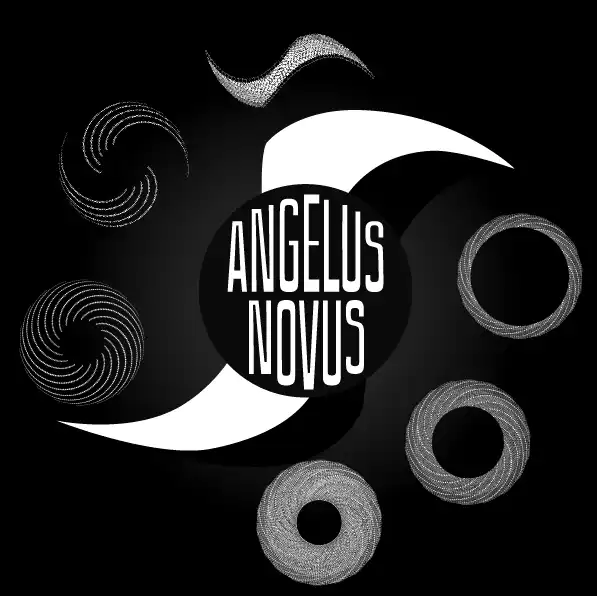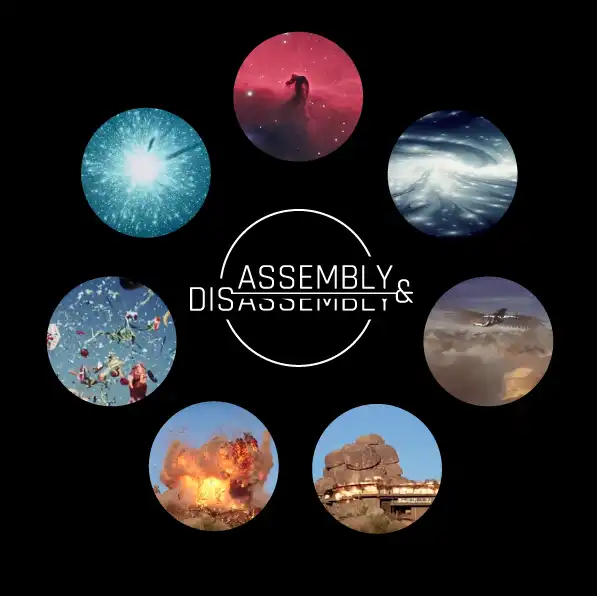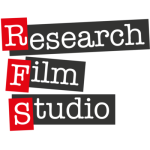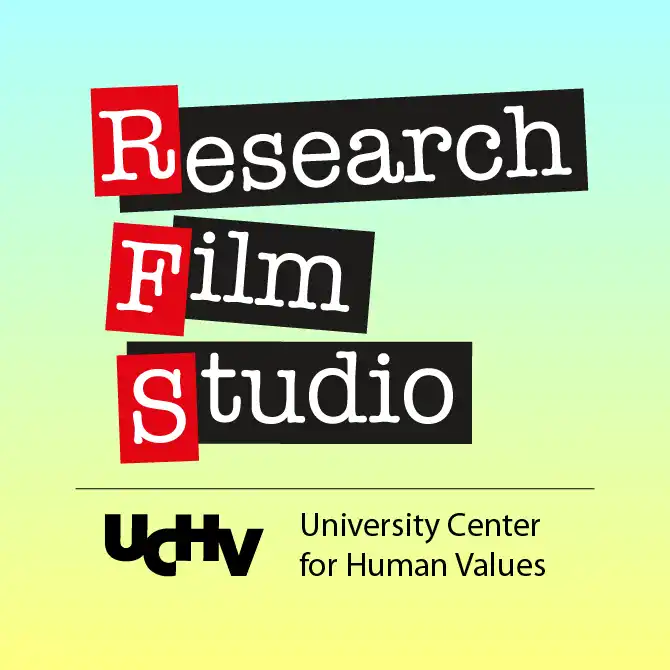Angelus Novus


Quantum-Cinematic Storytelling via 360-degree Filmmaking
ANGELUS NOVUS – Études for Cupola in Instinct and Algorithm
TIME, SPACE, EXISTENCE EXHIBITION
Palazzo Mora, Venice, Italy
Architecture Biennale
May 20 to November 26, 2023
Inspired by Brunelleschi’s dome of the Santa Maria del Fiore and Klee’s artwork Angelus Novus, the Form Finding Lab and the UCHV Research Film Studio of Princeton University, together with architects and engineers at Skidmore, Owings & Merrill (SOM), present an exhibition that explores new possibilities for the self-balancing vault—a construction method that has enabled centuries of architectural innovation. In the garden of Palazzo Mora, the Angelus Novus Collaborative displays a self-balancing masonry vault constructed using augmented reality (AR), and a digital film-fresco that is viewable in two ways: on an LED panel, and on the vault itself via an interactive AR application.
In self-balancing vault construction, the balancing emerges from the local interactions between the bricks without any external support, even during the process of assembly. This invention was prompted by the 1418 architectural competition that stipulated that the vaulting of the main dome of the Florence Cathedral should have no supporting buttresses. Brunelleschi, the winner of the contest, went even further: his engineering solution eliminated the need for the expensive, temporary external supports traditionally used in masonry construction during the settling of the mortar.
Beyond a practical solution for sustainable and safe construction, Brunelleschi invents a new natural order of balance in a curved grid. The dome assembled this way not only adapts to gravity but conquers it by implying its architectonic opposite: lightness. It is an engineering feat with no fixed blueprint, yet the Angelus Novus project manages to capture it in form of mechanics-based algorithms. When these algorithms are animated by AR technology, the visualization can guide today’s masons in efficient material use and the reduction of waste. Constructed by hand using an AR interface to guide the placement of each brick, the vault structure at Palazzo Mora shows the potential of combined human and machine intelligence. Similarly, Klee’s painting, in which Angelus Novus is depicted by the overlapping contours of a human, a bird and an airplane, imagines human invention flying on the wings of mimesis and technology.
Both Brunelleschi and Klee break with the classical object-oriented conception of space bound by a fixed, single-point perspective. They both teach us how to think outside the box in a curved grid. Brunelleschi’s vernacular engineering solution anticipated the design revolution of the early twentieth century, in which the conventional difference between architecture and structural engineering is dissolved; the clarity of a tight, minimalist economy of structural relations informs the engineering performance of a self-balancing choreography at the intersection of architecture, engineering and art. Thus, art becomes architectonic, while engineering becomes art.
One of the multiple functions of architectural structures, from caves to cupolas, is to communicate ideas persuasively to the public. The film-fresco entitled “Assembly & Disassembly” visualizes the analogy between architecture and the architectonic language of the universe, transforming NASA images and arthouse film clips. The film-fresco is also mapped onto the bricks of the vault so that the same interactive AR technology that was used to aid the masons in construction can guide the visitors’ imagination in the virtual construction of a full dome.



